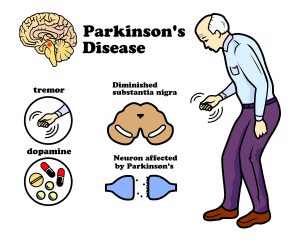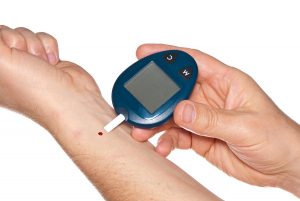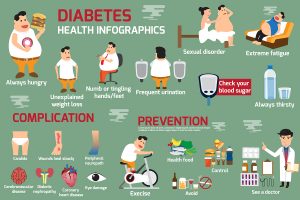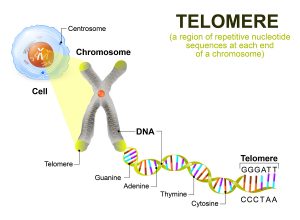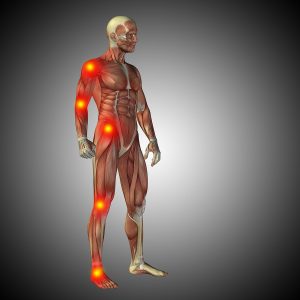“A new genetic marker for Alzheimer’s”; so reported a study dated August 11, 2017. Most of all, they found that a genetic marker, TOMM40 was stronger than the established genetic marker APOE4. It seems like the older studies overlooked the importance of the new TOMM40 genetic marker. This new marker may have been present at the same time as APOE4.
Details of study regarding a new genetic marker for Alzheimer’s
The APOE4 is especially relevant for the formation of lipoproteins. APOE4 showed a strong association with the formation of amyloid plaque. This is located in the brain areas where Alzheimer’s disease developed. Therefore the thinking in the past was that APOE4 would be the culprit behind memory loss and Alzheimer’s disease. In contrast, the new study shows evidence that the TOMM40 genetic marker is the gene that actually orchestrates the development of Alzheimer’s disease. Thalida Em Arpawong is a postdoctoral fellow at the University of Southern California (USC) Dornsife College. She conducted research about the TOMM40 marker. Her supervisor was senior investigator Carol A. Prescott, who is a professor of psychology at the USC Dornsife College. She co-published the paper.
More info about the study involving a new genetic marker for Alzheimer’s
Professor Prescott used two verbal memory test results. They were the United States Health and Retirement Survey (HRS) and the English Longitudinal Study of Ageing (ELSA). In these tests immediate recall was compared to delayed recall 5 minutes later. Alzheimer’s patients have problems with short term memory recall. In total the study examined 20,650 HRS participants and 11,391 ELSA participants. Their age was 50 years and above since this is the typical age for the onset of Alzheimer’s disease. Genetic data was part of the examination in 7,486 HRS participants and 6,898 ELSA participants. The scientists looked at 1.2 million genetic variations of the human genome to fit the memory loss. In conclusion, only one gene area, TOMM40 showed a strong association with decline in immediate and delayed memory recall.
Hence professor Carol A. Prescott summarized the findings: “The results from this study…raise the question of how many findings in other studies show an association with APOE4 that may in fact be due to TOMM40 or a combination of TOMM40 and APOE4.”
Possible future clues from a trial using TOMM40 marker
A review paper points out the start of a new trial, called TOMMOROW. The review paper points out that the location of APOE and TOMM40 are on chromosome 19 in very close proximity. Pioglitazone is a drug that controls diabetes. Patients tolerate it well. It is used in the TOMMORROW trial. As this review paper states the TOMM40 gene is responsible for the outer mitochondrion membrane. Consequently the paper states: the “outer mitochondrial membrane channel through which peptides and proteins travel into mitochondria to support mitochondrial function and biogenesis” is the key for understanding Alzheimer’s disease. Because pioglitazone is a drug that induces mitochondrial doubling the researchers hope that it will help Alzheimer’s patients. It will probably be interesting to follow the phase 3 trial TOMMORROW, where research will observe the delay in onset of minimal cognitive impairment.
Conclusion
Research has found a new genetic marker for Alzheimer’s, TOMM40 that identifies a higher risk of getting Alzheimer’s disease. Its location is close to the marker APOE on chromosome 19. It appears that TOMM40 may be more reliable in identifying patients at risk for Alzheimer’s disease than the older APOE marker. As a result research has started a new phase 3 trial, called TOMMORROW. This will tell whether or not Pioglitazone, a diabetic drug maybe useful in delaying Alzheimer’s disease in high-risk patients.
ADDENDUM: This link shows that the TOMMORROW trial had to be shut down, because the drug Pioglitazone had no effect on slowing down the onset of Alzheimer’s disease.

